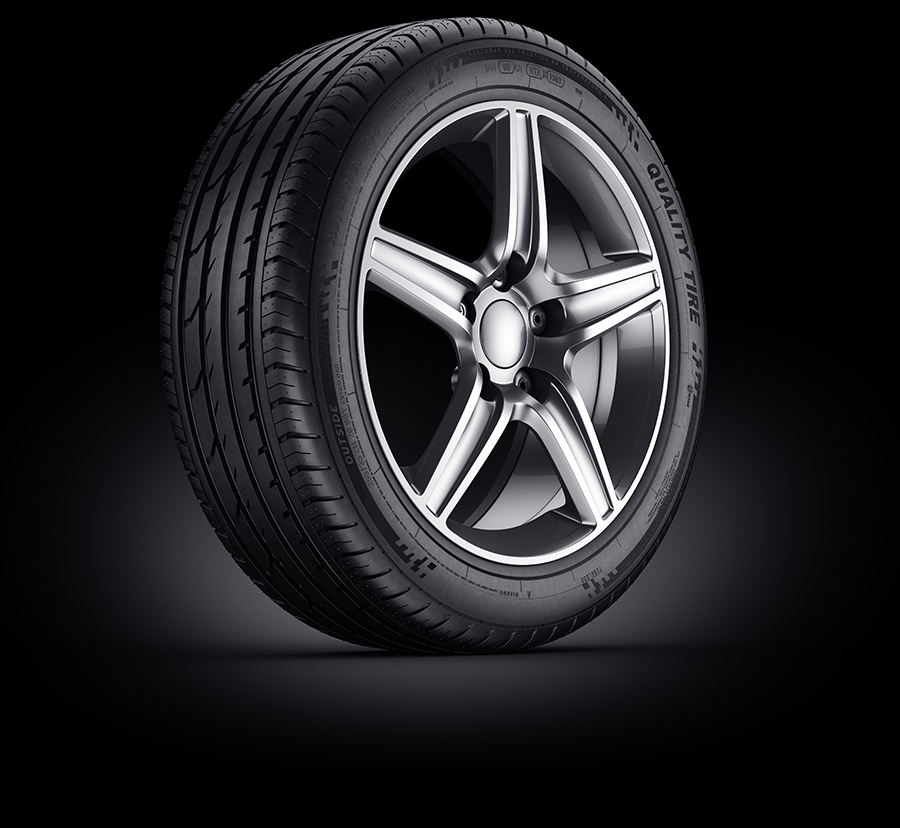Tire Jargon and Terminology: How to Interpret Tire Sidewall Markings
Posted March 16th 2016
Information about Edmonton tires is printed on the sidewall and provides in-depth details regarding size, capacity, and temperature/speed durability, maximum inflation specifications and so on. The information is represented in the form of a set of alphanumeric series of numbers and alphabet.
Here’s a look at a sample tire sidewall marking:
P 235 45 Z R 19 98
‘P’ stands for passenger car tires. The first one (or sometimes two) letters stands for the class of tires. ‘LT’, for example, would stand for ‘Light Truck’ tire.
‘245’ represents tire tread width from one sidewall to the other. In this particular marking, the section tread depth is 245 mm (this will help customers choose the right tire sizes for their vehicles).
‘45’ is called an ‘aspect ratio’ and represents the height of the sidewall in relation to the tread depth. A high aspect ratio is indicative of a taller sidewall. Buses, trucks etc often have aspect ratios that may reach even 95%. You can always consider requesting Edmonton tire shops to help you understand your tire requirement.
‘Z’ is the maximum recommended speed for the tires in question when they are properly inflated and installed. ‘Z’ is the maximum speed rating. There is also the ‘W’ and ‘Y’ speed ratings.
‘19’ refers to the wheel diameter in inches. In this specific example, the tire will be able to fit a 19 inch wheel perfectly.
‘98’ indicates the load index or the maximum load that the tire is designed to carry efficiently. It’s always advisable to invest in tires that are designed to carry an equal or higher capacity than the recommended load index.
Understanding the meaning of the symbols and alphabets helps you invest in the right Edmonton tires for your car. Car owners will be in a better position to understand manufacturer’s recommendations.




